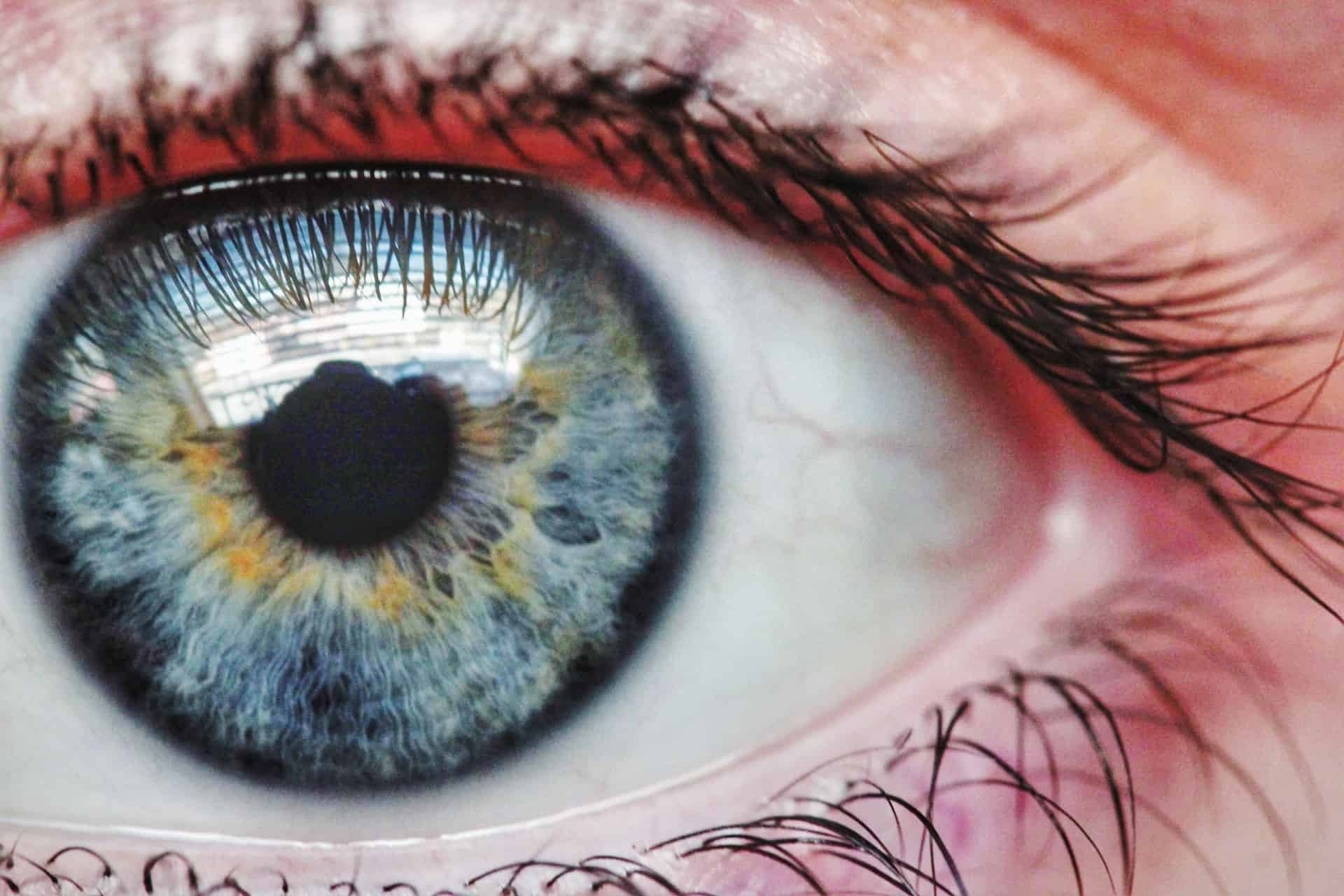For many eye procedures, central corneal thickness is a major factor in determining which treatment is used or avoided. The cornea is the clear, center portion of the front of the eye. The thickness of the cornea has variation among everyone but is typically between 500 and 600 microns thick.
This measurement can be used to guide treatment for glaucoma, candidacy for LASIK, and evaluate the progression of keratoconus. To measure the corneal thickness, a special ultrasound can be used called a pachymeter. Additionally, there are instruments that use light waves to form a cross-section of the cornea called an OCT that can be measured to find the corneal thickness.
How Corneal Thickness Varies
In all individuals, the center thickness of the cornea will vary – usually even between the two eyes. Much like hair color, eye color, or height, this thickness is a genetic characteristic and is present at birth.
The corneal thickness does not correlate with the need for glasses or contact due to nearsightedness or farsightedness.
Thicker Than Normal Corneas
When considering corneal thickness, the overall average thickness of the center of the cornea should be near 555 microns.
If the center of the cornea is considerably thicker than 555 microns, there are a few additional considerations that must be made.
If the cornea is much thicker than average, it should be thoroughly evaluated for potential swelling from any inflammation in the eye and if swelling is found, it should be treated.
However, if there is no swelling in the eye and the cornea may be naturally thicker than normal.
Thinner Than Normal Corneas
If the center of the cornea is considerably thinner than 555 microns, then a detailed history of any previous eye surgery or eye treatment such as orthokeratology should be done.
Following eye surgery like LASIK or PRK, the cornea will be much thinner than before and likely thinner than the average.
Similarly, contact lenses that are designed to reshape the cornea can have this impact until the effects are worn off.
Cornea Thickness and Glaucoma
In all glaucoma patients or glaucoma suspects, the corneal thickness should be measured and considered.
Thicker than normal corneas will yield artificially high eye pressures and may indicate that there is less risk of glaucoma despite elevated eye pressure.
Alternatively, thinner than normal corneas will give falsely low readings and may need to have intervention earlier than average corneas to prevent damage from glaucoma.
Corneal Thickness and LASIK
LASIK operations rely on being able to remove tissue from the center of the cornea and change the power of the eye.
In order to safely perform LASIK, there must be sufficient thickness to have a portion of the cornea removed and leave a healthy, safe amount remaining.
Depending on the prescription of the eye, the desired thickness will vary.
Corneas are Thinner in Keratoconus
Keratoconus is a condition that alters the thickness of the central and lower portion of the cornea.
Over time, keratoconus causes thinning in an irregular pattern that concentrates inferiorly on the cornea.
By measuring the corneal thickness and evaluating for change over time, the progression of keratoconus can be monitored.





